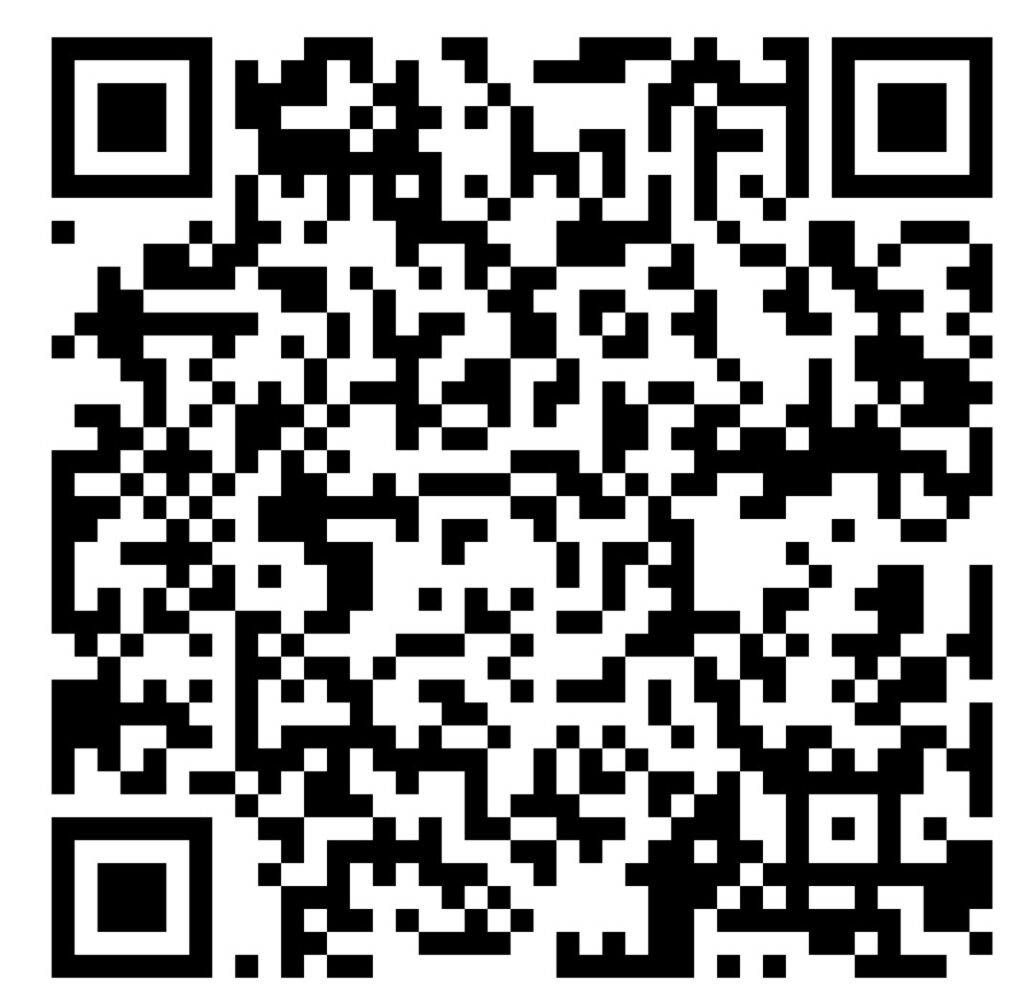
Meshtastic
What is Meshtastic
Meshtastic is an open-source project that enables long-range, decentralized communication through mesh networks. By leveraging inexpensive hardware like LoRa radios, Meshtastic creates a network of interconnected devices that can send text messages and location data without relying on cellular or internet connectivity. It’s ideal for off-grid communication, outdoor adventures, and emergency situations, offering a reliable and secure way to stay connected even when traditional networks are unavailable.
Key Features
- Long-Range Communication: Meshtastic utilizes LoRa technology, known for its exceptional range and low power consumption. Devices can communicate over distances of several kilometers, making it suitable for use in vast outdoor environments or areas with limited infrastructure.
- Mesh Networking: One of the standout features of Meshtastic is its mesh networking capability. Each device in the network acts as a node, relaying messages to other devices. This decentralized approach ensures that the network remains functional even if some nodes go offline, providing a high level of redundancy and reliability.
- No Dependence on Traditional Networks: Unlike traditional communication methods that rely on cellular towers or internet connections, Meshtastic operates independently. This makes it invaluable in scenarios where traditional networks are unavailable, such as remote locations or during natural disasters.
- Open-Source and Community-Driven: Meshtastic is open-source, meaning its source code is freely available for anyone to use, modify, and improve. This fosters a vibrant community of developers and enthusiasts who contribute to the project, ensuring continuous improvements and innovation.
- Versatile Applications: The potential applications of Meshtastic are vast. It can be used for outdoor activities like hiking, skiing, or sailing, providing a reliable way to stay in touch with a group. In emergency situations, it can enable communication among first responders and affected individuals when other networks are down. Additionally, it can be used in rural or underserved areas to create local communication networks.
- Security and Privacy: Meshtastic takes security seriously, with messages being encrypted to protect user privacy. This ensures that communication remains confidential, even in potentially hostile environments.
How It Works
Meshtastic devices are equipped with LoRa radios, which communicate with each other by transmitting small packets of data. When a user sends a message or shares location data, the information is broadcast to nearby devices. These devices then relay the message through the network until it reaches its intended recipient. The mesh network dynamically adjusts to ensure optimal routing of messages, maintaining connectivity even as nodes move or go offline.
Local Meshtastic
We have a node on top of Gambrill Mountain and we have setup a channel called MAWCG that can be used with the standard Meshtastic MQTT server for when you are out of range of the node.
Once you get your node installed, to quickly setup your radio with both the default LongFast channel as Primary and the MAWCG channel as secondary you can use the camera on your Apple iPhone or Android device to set the channels.
If you have an existing channel that you need to preserve, do not use this QR code. You will have to enter the new settings manually.

If you have problems with the QR code, have other channels you want to preserve or want to verify the settings, here they are:
- Primary channel is LongFast, PSK is AQ== (default)
- Secondary channel is MAWCG, PSK is AQ== (default)
- Frequency Slot (Lora Settings) is 20 (default)
- For those using MQTT:
- MQTT server is mqtt.meshtastic.org
- Username: meshdev
- Password: large4cats
- The MQTT Root Topic is msh/
Accessing the Mesh while out of RF range
Even though Meshtastic is an RF based technology, there is an option that allows you to connect your Meshtastic device to an MQTT server on the internet. Meshtastic has an MQTT server that is public and is open to everyone to access.
Your Meshtastic device can connect through wifi or the data on your mobile device.
Of course the MQTT server is not good in the case of emergency when the internet and cell phones are out but for learning and communicating while traveling it works just fine.
For more details on MQTT we have created a more detailed page here.
Getting Started
To get started with Meshtastic, users need compatible hardware such as LoRa modules, which can be easily sourced from various suppliers. The Meshtastic software can be downloaded from the official website or GitHub repository, where detailed instructions and documentation are available to guide users through the setup process.
Hardware
There are many manufactures of inexpensive hardware that work with Meshtastic. Below are just some of them and you can find the hardware on Amazon and there is another US based company that has great customer support too called Rokland (https://store.rokland.com/).
The most popular ones at this time are:
- Heltec Lora V3
- Lilygo T-echo
- Lilygo T-Beam
- Lilygo T-Deck
- RAK Wireless
Installing Firmware
For most hardware installation is a breeze. If you go meshtastic.org. Click on get started, click on flash firmware in the left navigation pane. Select the type of hardware and use the web flasher and follow the instructions.
Once you get the firmware installed, install the meshtastic app on your mobile phone. When you run the meshtastic app you should see your device show up.
Do these steps first:
- Go to settings -> LORA. Change the region code to US/United States or whatever region you are in. Save the settings. Your device will reboot.
- After the device reboots and connects again, go to settings -> User and change the long name to something creative that fits you. Also, set the short name. The maximum length of the short name is 4 characters and will automatically be generated a you create the long name but you can change it to anything that you want.
- At this point your device should be working with the default LongFast configuration. If you want to add additional channels then now is the time to do that.
- There are an unlimited number of things you can do at this point. I would recommend watching some of the videos in the resources area and joining the Discord groups to learn more.
Meshtastic on your mobile device
Meshtastic on IOS
(working on it)
Meshtastic on Android
(working on it)
Meshtastic Etiquette
Learning and experimenting with Meshtastic is fun! However, being aggravated by your fellow mesh users is not. Here are some tips to be a good mesh neighbor.
- Rename your radio’s long and short name so you can be identified in case you are unintentionally spamming a shared channel. Use name, initials, ham call, etc.
- Turn on location reporting. Location is another way to identify a radio’s operator. If your node is a fixed station without GPS, manually enter your fixed Long/Lat/Altitude coordinates. It is also possible to setup your app on your phone to set your phone’s current location.
- Range testing transmits an automated repeating beacon that creates spam. No one else wants to see/hear your transmission every few seconds on the shared channels. Just temporarily change your primary channel name to something of your own creation or change the frequency slot to something other than 20 before doing ranges tests. Be sure to turn off range tests before your switch back when you are done. ALSO, be sure to turn off MQTT if you are going to be doing Range Tests.
- Keep the Licensed Amateur Radio toggle disabled even if you have a Amateur Radio license. Enabling will automatically turn off encryption and you will not be able to communicate with others using the default (or any) encryption key.
Meshtastic Resources
Meshtastic Videos on YouTube
Meshtastic Documentation
Other Resources for Meshtastic
- The Official Meshtastic Discord Server: https://discord.com/invite/ktMAKGBnBs
- The Comms Channel Discord Server: https://discord.gg/yUvu8jNf
